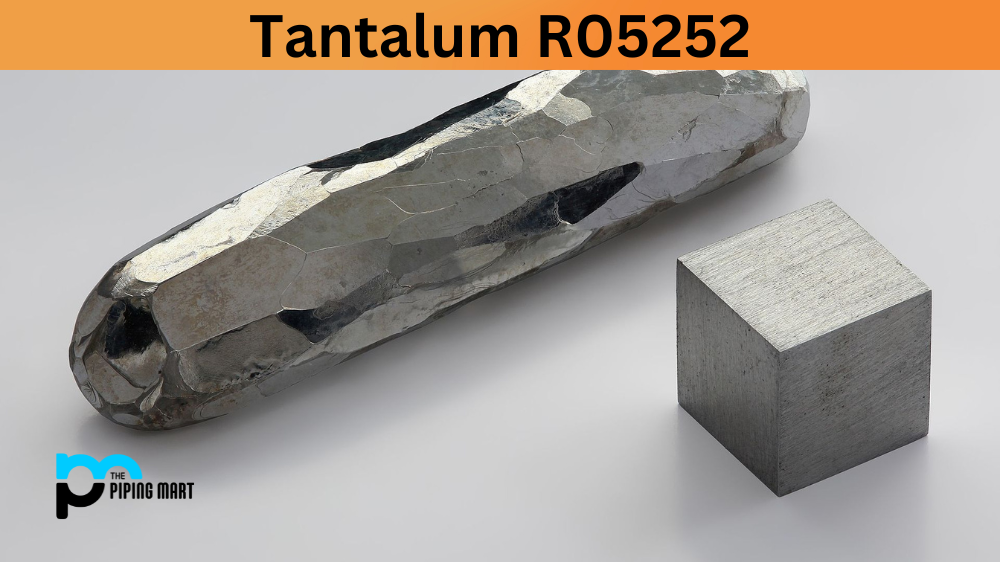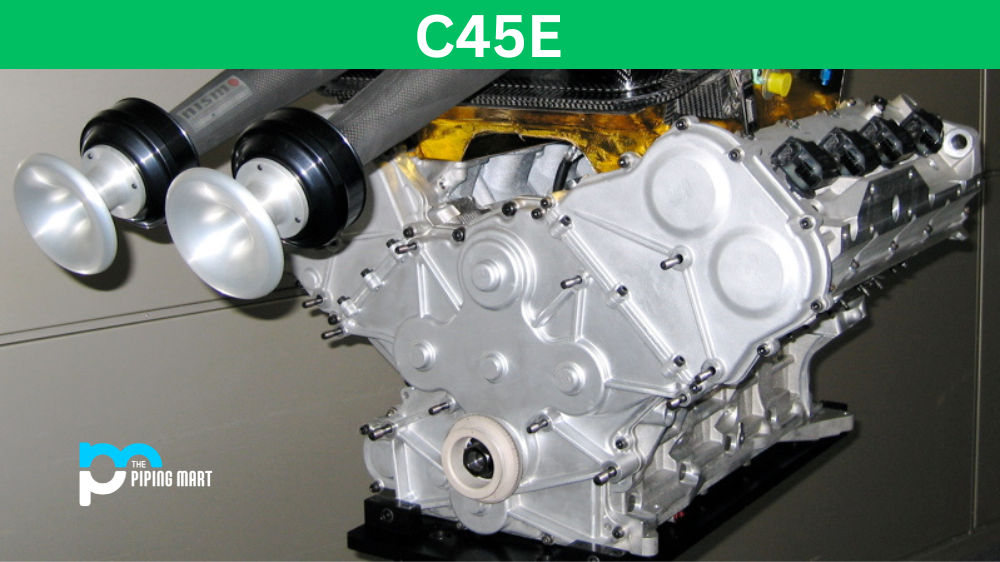Tantalum R05252, also known as Tantalum 60 or Ta-60, is a tantalum alloy that contains 60% tantalum and 40% niobium. It is a popular alloy in manufacturing due to its impressive physical and mechanical properties. Tantalum R05252 is a versatile metal with various applications in different industries. This blog post will discuss its composition, properties, uses, corrosion resistance, heat treatment, machining, welding, and more.
Tantalum R05252 Composition
Tantalum R05252 is a tantalum alloy comprising 60% tantalum and 40% niobium. This alloy has excellent physical and mechanical properties. It has a 16.7 g/cm³ density and a melting point of 3017°C. Tantalum R05252 is also highly corrosion-resistant, making it suitable for use in various chemical applications.
| Element | R05252 |
| C | 0.01 |
| O | 0.015 |
| N | 0.01 |
| H | 0.0015 |
| Fe | 0.01 |
| Mo | 0.02 |
| Nb | 0.5 |
| Ni | 0.01 |
| Si | 0.005 |
| Ti | 0.01 |
| W | 2.0–3.5 |
Tantalum R05252 Physical Properties
Tantalum R05252 is a metal with high hardness and strength, its melting point is 3290°C and it has excellent corrosion resistance. It also possesses good wear resistance and electrical conductivity properties, making it an ideal material for various applications.
Tantalum R05252 Mechanical Properties
Tantalum (R05252) is a refractory metal with excellent mechanical properties, such as high tensile strength, toughness and ductility. It also demonstrates superior corrosion and heat resistance under extreme temperatures, making it a great choice for industrial applications.
| Dimension | Ultimate Tensile Strength, min, psi (MPa) | Yield Strength, min, psi (MPa) (2 % Offset) | Elongation, min, % |
| < 0.125 in. thick | 40 000 (276) | 30 000 (207) | 20 |
| ≥0.125 in. thick | 40 000 (276) | 22 000 (152) | 25 |
Tantalum R05252 Uses
Tantalum R05252 has numerous applications in different industries. It is commonly used in electronic components, aerospace, and medical implants. Tantalum R05252 is also used in chemical processing applications due to its acid corrosion resistance. It is also used in heat exchangers, vacuum furnaces, and other high-temperature applications.
Tantalum R05252 Corrosion Resistance
Tantalum R05252 has excellent corrosion resistance, making it suitable for harsh environments. It is resistant to many chemicals, including hydrochloric acid, nitric acid, and sulfuric acid, which are highly corrosive. Tantalum R05252 is also resistant to high-temperature steam and hot water, making it ideal for chemical and pharmaceutical processing applications.
Tantalum R05252 Heat Treatment
Tantalum R05252 is a refractory metal, which means it has a high melting point and is difficult to work with. It requires special heat treatment techniques, such as annealing, to become more malleable. Annealing Tantalum R05252 involves heating it to around 1250°C and then cooling it slowly. This process makes the metal more pliable and easier to work with.
Tantalum R05252 Machining and Welding
Tantalum R05252 is a challenging metal to machine due to its high melting point, low thermal conductivity, and low flexibility. Machining processes such as turning, drilling, and milling require special tools and techniques. Welding Tantalum R05252 requires special precautions, such as using an inert gas shield to prevent contamination and brittleness.
Conclusion
Tantalum R05252 is a valuable alloy in manufacturing due to its impressive physical and mechanical properties. It has excellent corrosion resistance and is suitable for use in harsh environments. Despite its high melting point and challenging machining and welding properties, Tantalum R05252 is a versatile metal with numerous applications. This tantalum alloy is a reliable choice for high-performance applications in different industries, from aerospace to medical implants.




